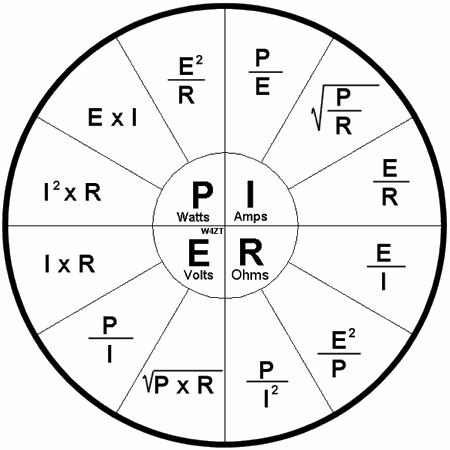Robj
Well-Known Member
The first test was with the engine OFF
Thanks to both of you for the explanations. The fog is lifting.
Thanks to both of you for the explanations. The fog is lifting.
I would expect there to be no voltage at all going ground to ground.
It got painted by accident so it's a little lighter than it was originally and it does have a new end on it from a couple years ago.
Alrighty, I have some work to do checking this out. I work 12 hour shifts beginning tomorrow at 5am through Wednesday so it may be a few days until I can sort this out but I will report what I find....likely with more questions. Thanks much!

OK I'll check again tonight with the meter set on the 200 range.
When I tested each post to ground, I ran through the entire scale on the dial from 200m to 200 and it was open for every one.
I did find a problem with the bulkhead connector wiring. As I was having a peek around The spade from cavity "N" flopped out lose. This of course being the wire that runs to the "NUMBER ONE SPLICE" and to the VR Ign terminal, the dark blue field wire to the alternator and to the ballast resistor. Hmmmm...Seems we've been focusing on that circuit a bit.
Get that secured and plugged back in and see?
